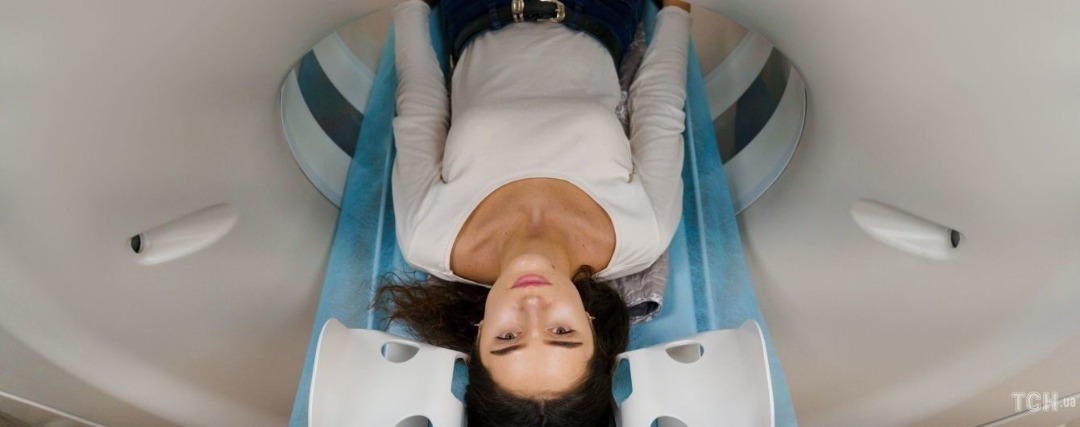Computed tomography (CT) is considered the most sensitive and useful method for diagnosing conditions of the nasal sinuses.
According to the European Society of Rhinology, in the diagnosis of diseases of the nasal sinuses, doctors are increasingly abandoning the classic X-ray in favor of computed tomography. Today, neither endoscopic surgery nor surgery can be performed qualitatively without the results of CT scans.
Symptoms of diseases of the nasal sinuses
Symptoms of sinus disease are varied in nature and most often manifest themselves in the form of well-known sinusitis or sinusitis. Discomfort and pain in the frontal area, exacerbated by any movement of the head, profuse discharge from the nose and even constant weakness – all these may be signs of inflammation of the paranasal sinuses.
A very common symptom of sinusitis is nasal discharge – watery and clear if caused by viruses, or thick and purulent if a bacterial infection has already joined.
Sometimes there are general symptoms, such as:
high temperature;
bad mood;
weakness, fatigue;
anorexia.
Recurrent infections and a stuffy nose are symptoms that require careful examination of the sinuses. In the past, doctors referred their patients mainly for standard X-rays, but now specialists are increasingly focusing on computed tomography. CT is much more accurate than conventional X-rays, so you can quickly make a correct diagnosis and determine the tactics of treatment. Computed tomography of the nasal sinuses is also performed after injuries in which the nasal septum is broken or displaced. The study allows us to assess not only the severity of the disease, but also to visualize the possible spread of foci of inflammation to adjacent areas – the base of the skull, orbit, brain.
Where do sinus problems come from?
The main provoker in the development of problems with the nasal sinuses is running sinusitis or its initially incorrect treatment.
Sinusitis, scientifically Sinusitis paranasales, is an inflammation of the paranasal sinuses that occurs in 30% of patients. It is most often observed in two forms – acute and chronic. Acute sinusitis occurs as a result of viral and bacterial infections, chronic – lasts more than 6 weeks and is accompanied by changes in the mucous membrane, visible on computed tomography.
In addition to viral and bacterial provokers, sinus problems can be caused by circumstances such as:
deformation of the nasal septum or narrowing of the nasal sinuses;
craniofacial injuries;
thickening of the mucous membrane of the paranasal sinuses;
cysts, polyps, abscesses, foreign bodies;
neoplastic (malignant) changes (occur in 1-2% of cases).
Some conditions require only surgery, and the effectiveness of such treatment depends on the accuracy of diagnosis. In such cases, CT is almost always preferred because it allows you to examine the bones and surrounding soft tissues.
Is tomography of the nasal sinuses safe for health?
Computed tomography of the nasal sinuses is a non-invasive and painless examination, and at the same time involves the use of fairly large doses of ionizing radiation. For this reason, computed tomography of the sinuses should not be performed without clear indications or too often. Also, CT is not performed during pregnancy and is not recommended for patients over 65 years.
Remember: remove jewelry, watches and any metal parts before scanning. You also need to take your phone or wallet out of your pocket – otherwise the resulting image may be distorted.
What does a CT scan of the sinuses look like?
Each CT machine consists of a pull-out table on which the examined patient is placed, a scanner, an X-ray tube, detectors and an operator’s console, with the help of which the technician controls the tomograph and archives the diagnostic images. Visually, the CT machine is exactly like an MRI scanner.
The procedure itself is as follows: An X-ray tube located in the measuring coil rotates around the patient, producing ionizing radiation. The rays pass through the patient’s body and reach the detectors, which receive information about the radiation absorbed by the tissues, then send the data to the computer. Mathematical algorithms convert data into images of the affected area of the body. Then the doctor-diagnostician can already recognize the cause of the inflammatory process and issue an opinion.
Please note that prior to the CT scan, the test staff should be informed of the use of bismuth-containing drugs or of a recent gastrointestinal contrast study to avoid inaccurate results.







